Art & Exhibitions
Machu Picchu Is Sending Inca Empire Treasures on Tour for a Rare Series of International Exhibitions and Virtual-Reality Experiences
The show's organizers previously staged blockbuster exhibitions on King Tut and Pompeii.
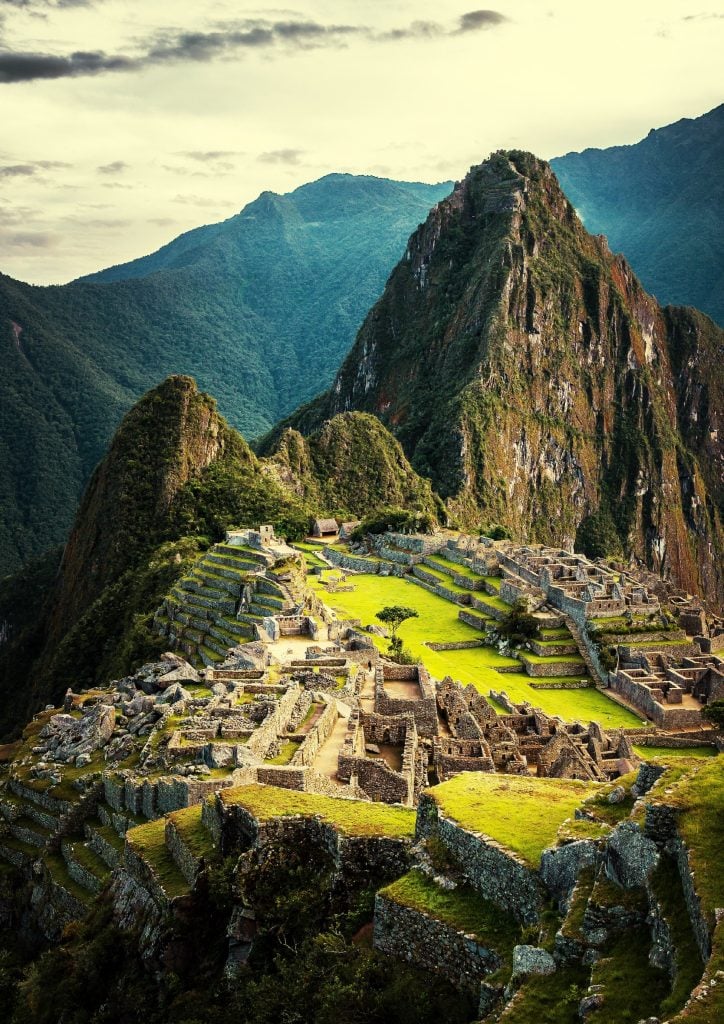
The show's organizers previously staged blockbuster exhibitions on King Tut and Pompeii.

Sarah Cascone

The Boca Raton Museum of Art is hoping to bring the magic of Machu Picchu to Florida this fall with an unprecedented showcase of golden treasures paired with a virtual reality experience that will transport visitors to the famed Inca city in the clouds.
“Many of these objects, in fact most of them, have never left Peru,” museum director Irvin Lippman told Artnet News. “It’s kind of extraordinary.”
The 192 artifacts, many of which come from Andean royal tombs, are on loan from the Museo Larco in Lima, Peru. Boca Raton is the first stop in an international tour organized by World Heritage Exhibitions, which has previously staged shows on such topics as King Tut, Pompeii, and the the Titanic. A portion of the proceeds will go to Inkaterra Asociación, a nonprofit dedicated to conservation and biodiversity of the Amazon, and the Ministry of Culture of Peru.
Many of the objects on view don’t come from Machu Picchu itself, which was a kind of Incan resort, but from other parts of Peru. Though it is the best-known remnant of the Inca Empire today, Machu Picchu was only inhabited for roughly 100 years, built as a royal mountain retreat and abandoned in 1572. But the empire had united a number of Andean civilizations already had established rich cultures for thousands of years prior.

Ear ornament of gold, shell, and stone (turquoise or malachite), depicting eight iguanas. Four of the iguanas are gold and four are turquoise (1 AD-800 AD). Collection of the Museo Larco, Lima, Peru. Photo courtesy of World Heritage Exhibitions.
“We have in this exhibition some 3,000 years of a variety of cultures that were in Peru, and of course it culminates with the Inca Empire,” Lippman said. “Once people see the objects, they will have a better idea of the people who built Machu Picchu. People will come away with a renewed appreciation for these strong cultures that dominated South America.”
A selection of funerary objects provide a window into Andean cosmology, and a way of understanding a society that had no written language.
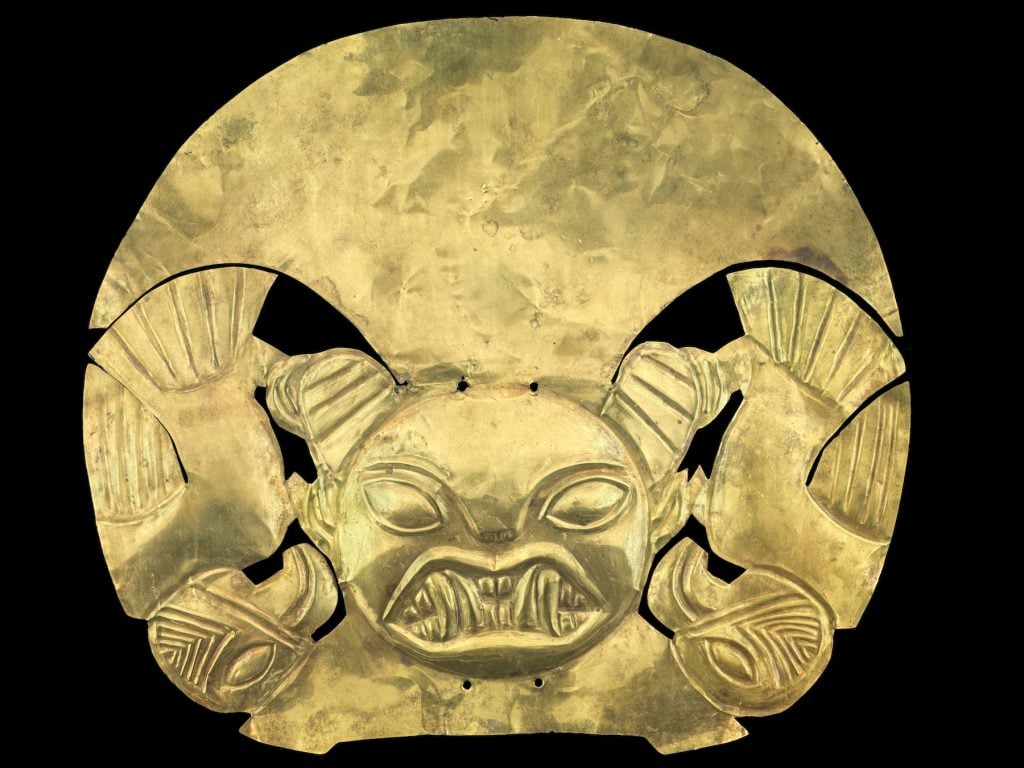
Frontal adornment of 18-karat gold headdress depicting a feline head with half-moon headdress and two birds (ca. 1 AD–800 AD). Collection of the Museo Larco, Lima, Peru. Photo courtesy of World Heritage Exhibitions.
“One of the major themes you’ll see in these objects is duality. There are wonderful metal vessels that are half gold and half silver, silver being the moon and gold being the sun. It reinforces the concept of duality, rain and drought, man and woman, the overworld and the underworld,” he said.
The show fills both floors of the Boca Raton Museum, culminating in a virtual-reality journey to Machu Picchu. The sweeping footage was filmed by drone during the pandemic, when in-person visits to the historic site were suspended—allowing the filmmakers to capture the popular tourist destination free of crowds.
“The climb will be so much easier,” Lippman said, “here at sea level in Boca Raton.”
See more objects from the exhibition below.
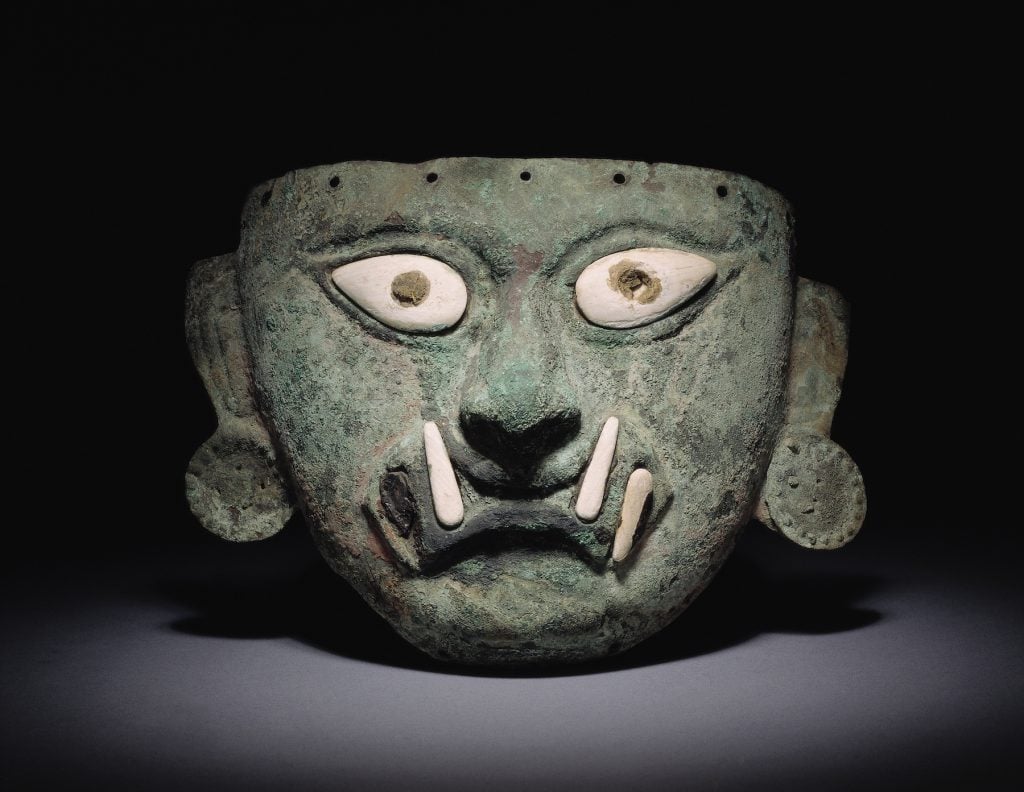
Ai Apaec, copper funerary mask with applications of shell and stone, depicting an anthropomorphic visage with feline fangs (ca. 1 AD –800 AD). Collection of the Museo Larco, Lima, Peru. Photo courtesy of World Heritage Exhibitions.
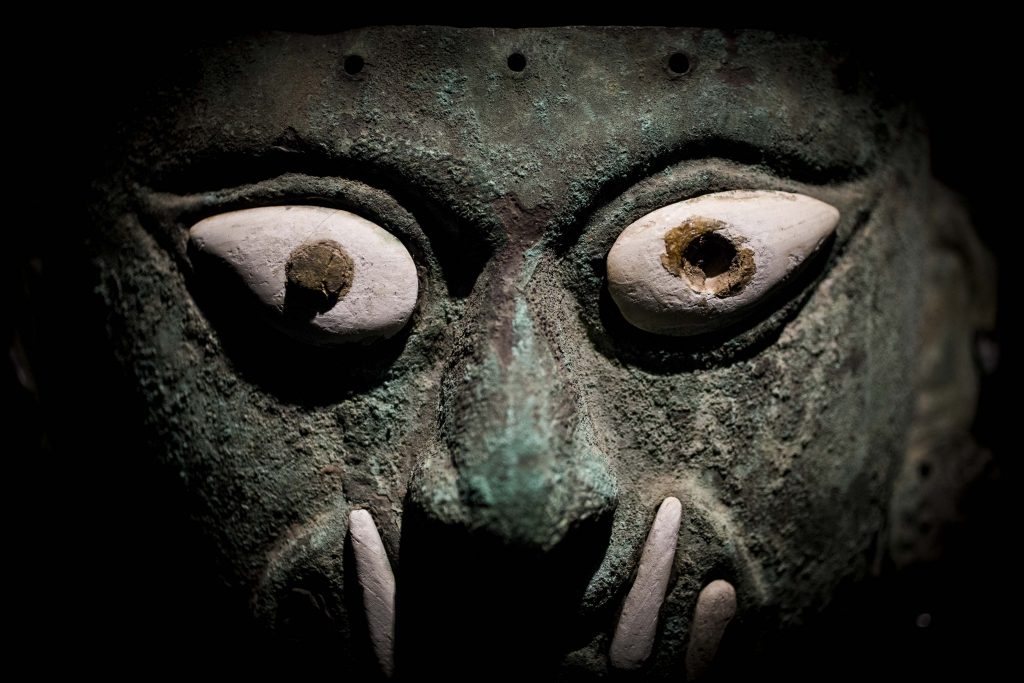
Ai Apaec, copper funerary mask with applications of shell and stone, depicting an anthropomorphic visage with feline fangs (ca. 1 AD –800 AD). Collection of the Museo Larco, Lima, Peru. Photo courtesy of World Heritage Exhibitions.
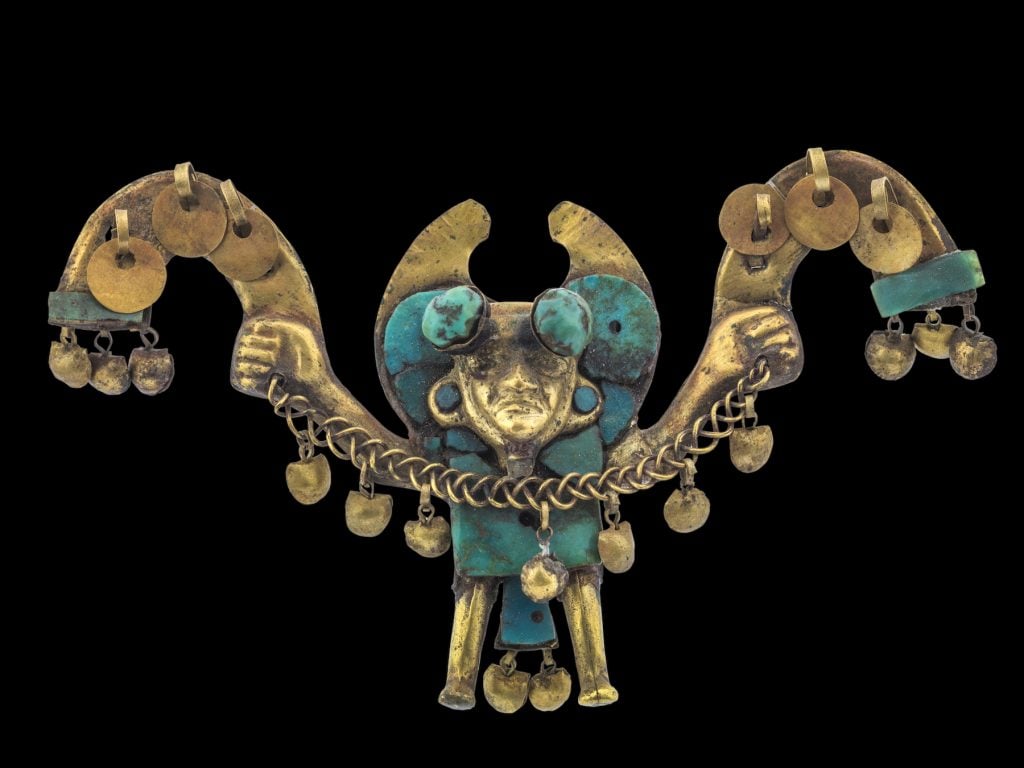
Gold and turquoise nose ornament depicting figure with half-moon and club-head headdress, circular ear ornaments and loincloth, holding a rattle (ca. 1 AD–800 AD). Collection of the Museo Larco, Lima, Peru. Photo courtesy of World Heritage Exhibitions.
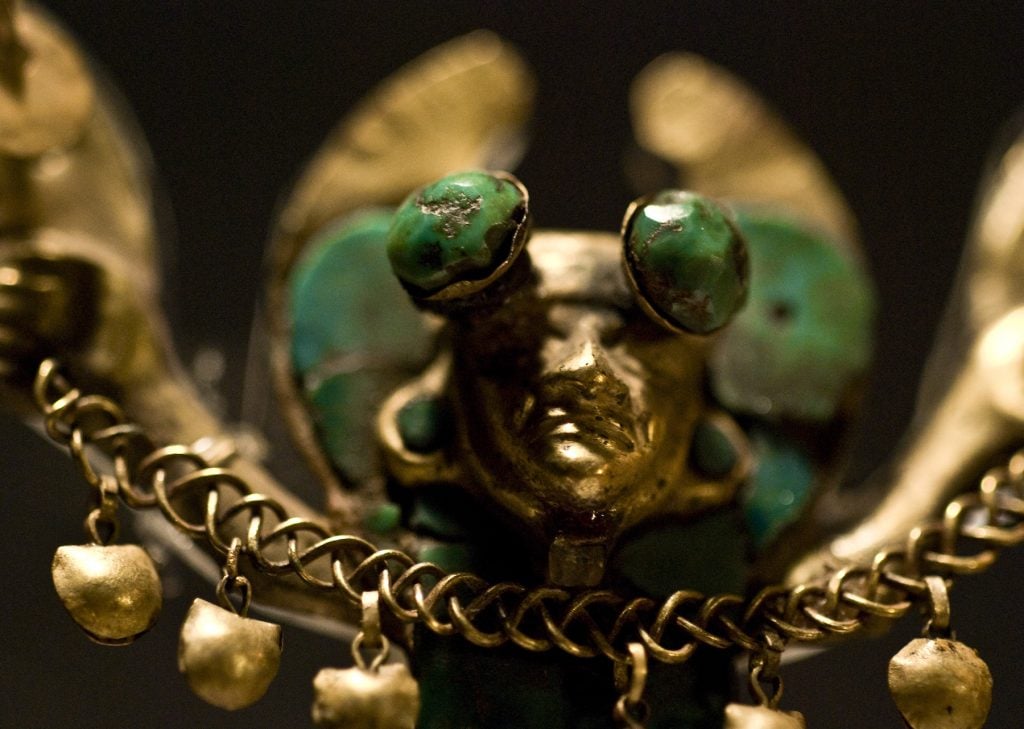
Ai Apaec, copper funerary mask with applications of shell and stone, depicting an anthropomorphic visage with feline fangs (ca. 1 AD –800 AD). Collection of the Museo Larco, Lima, Peru. Photo courtesy of World Heritage Exhibitions.
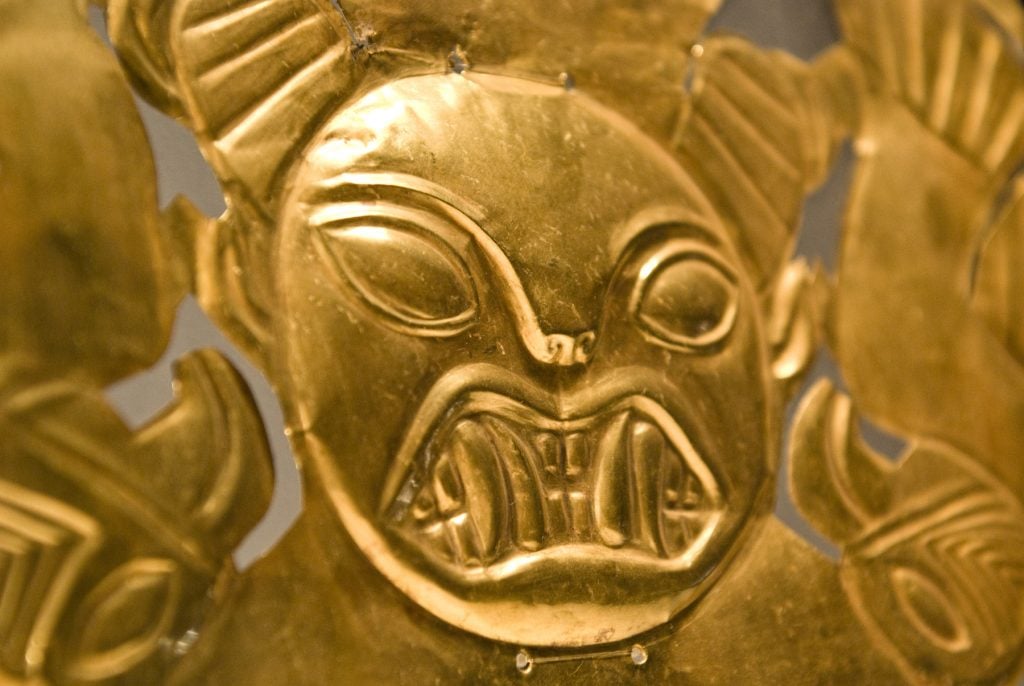
Frontal adornment of 18-karat gold headdress depicting a feline head with half-moon headdress and two birds (ca. 1 AD–800 AD). Collection of the Museo Larco, Lima, Peru. Photo courtesy of World Heritage Exhibitions.
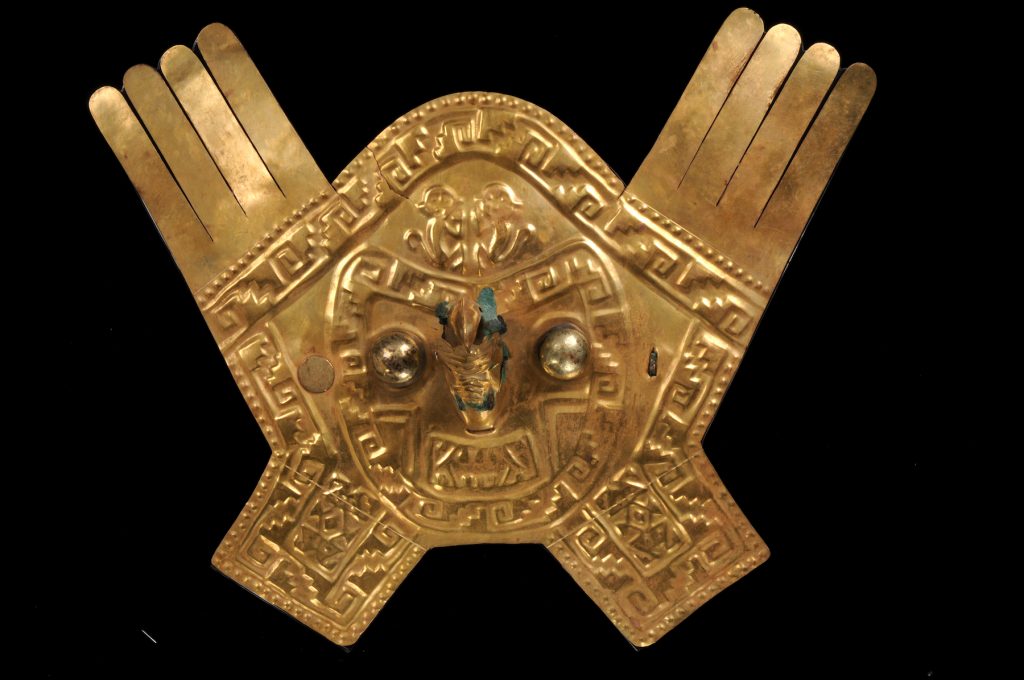
Frontal adornment of gold headdress depicting feline head with feathers, bird-beak nose, and figure with headdress of plumes and triangular pendants, depiction of two animals (monkeys) on the upper part, stepped designs with volutes and two-headed- serpent designs on the lower part (ca. 1300 AD-1532 AD). Collection of the Museo Larco, Lima, Peru. Photo courtesy of World Heritage Exhibitions.
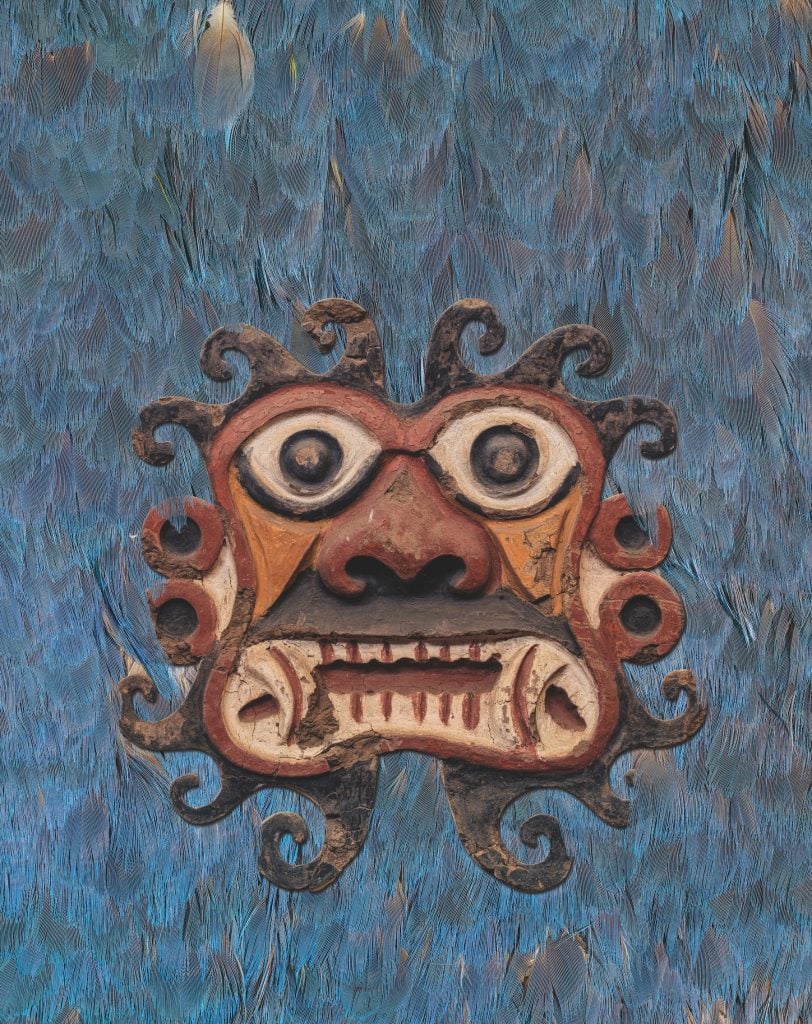
Collection of the Museo Larco, Lima, Peru. Photo courtesy of World Heritage Exhibitions.
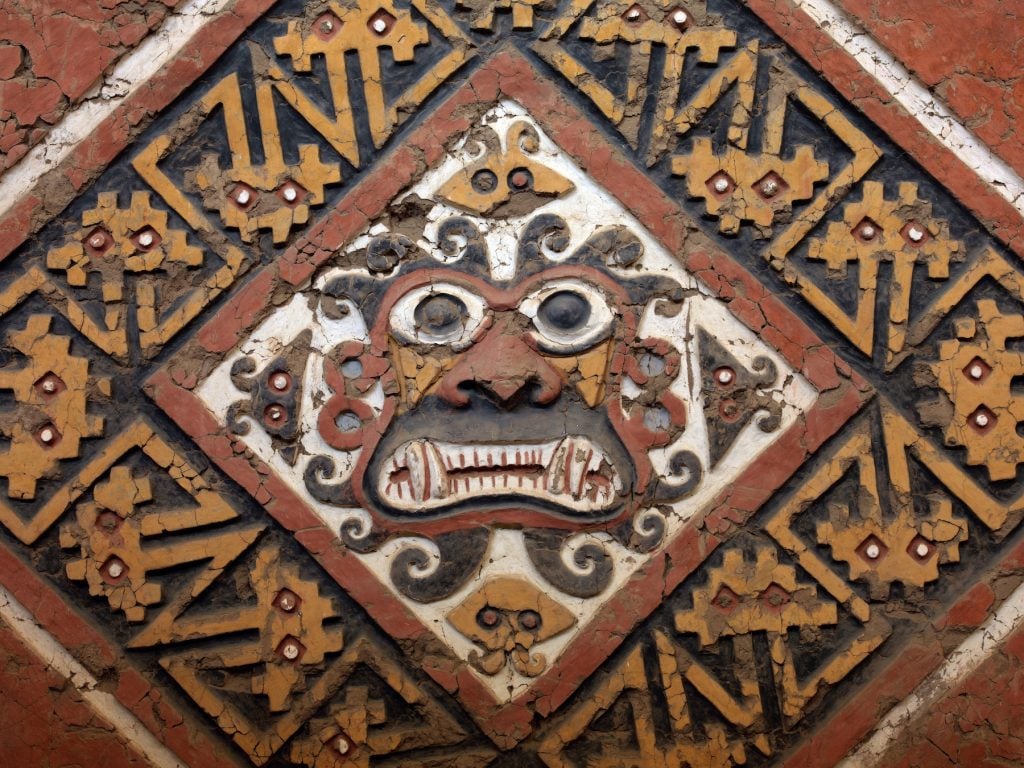
Huaca de la Luna adobe bricks with colorful bas relief of creator god Ai Apaec of the Moche or Mochica culture. Collection of the Museo Larco, Lima, Peru. Photo courtesy of World Heritage Exhibitions.
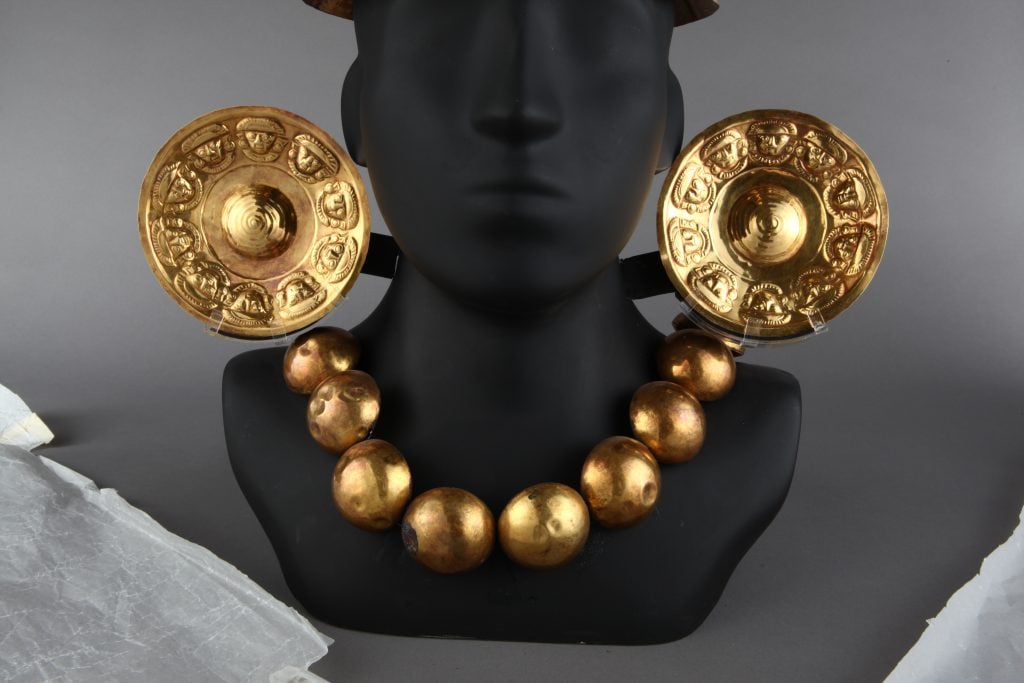
Gold-silver-copper alloy ear ornament with depiction of ten human heads with half-moon headdress, circular ear
ornaments, and breastplate. Necklace of spherical beads made of a gold-silver-copper alloy. (ca. 1300 AD–1532 AD) Collection of the Museo Larco, Lima, Peru. Photo courtesy of World Heritage Exhibitions.
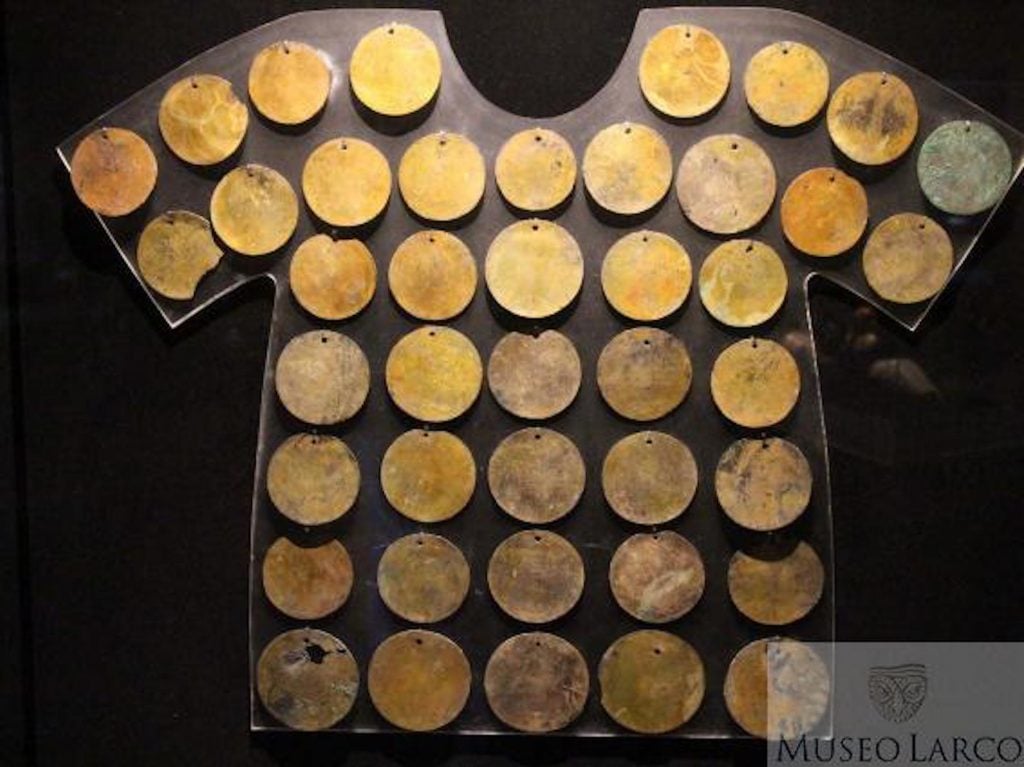
Set of forty-two circular metal discs of gilded silver, shown in hypothetical use on a shirt (ca. 1250 BC–1 AD). Collection of the Museo Larco, Lima, Peru. Photo courtesy of World Heritage Exhibitions.
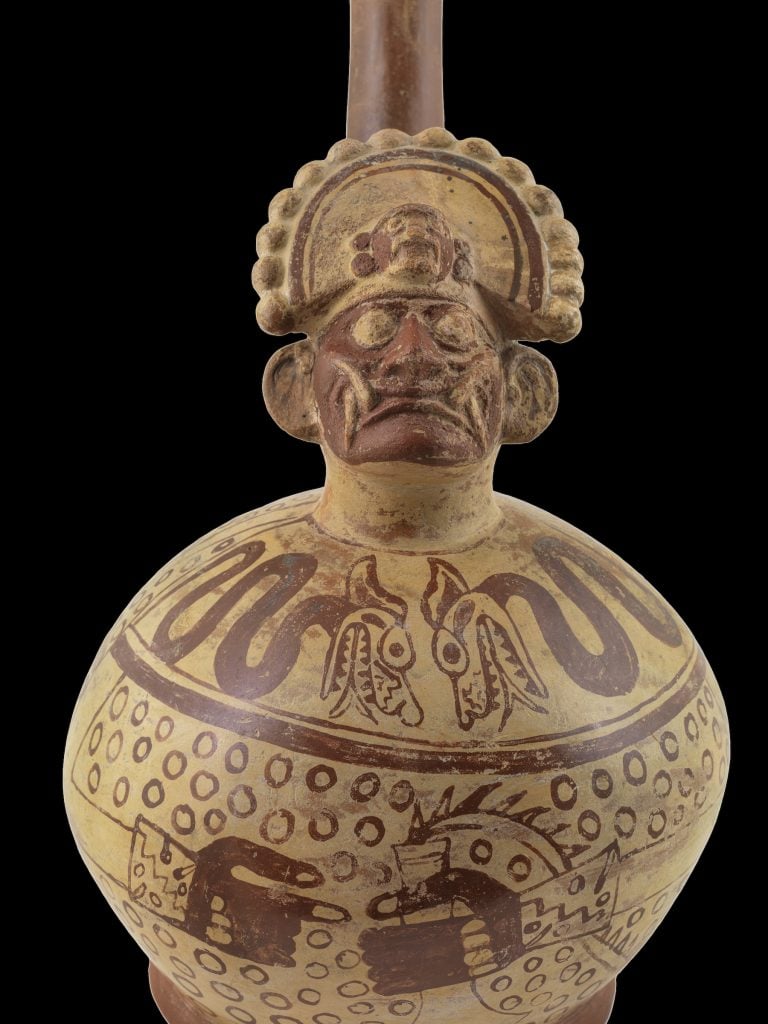
Sculptural stirrup spout bottle depicting an
anthropomorphic figure with supernatural traits (hero Ai Apaec) holding a
knife or tumi (1 AD–800 AD). Collection of the Museo Larco, Lima, Peru. Photo courtesy of World Heritage Exhibitions.
“Machu Picchu and the Golden Empires of Peru” is on view at the Boca Raton Museum of Art, 501 Plaza Real, Boca Raton, Florida, October 16, 2021–March 6, 2022.